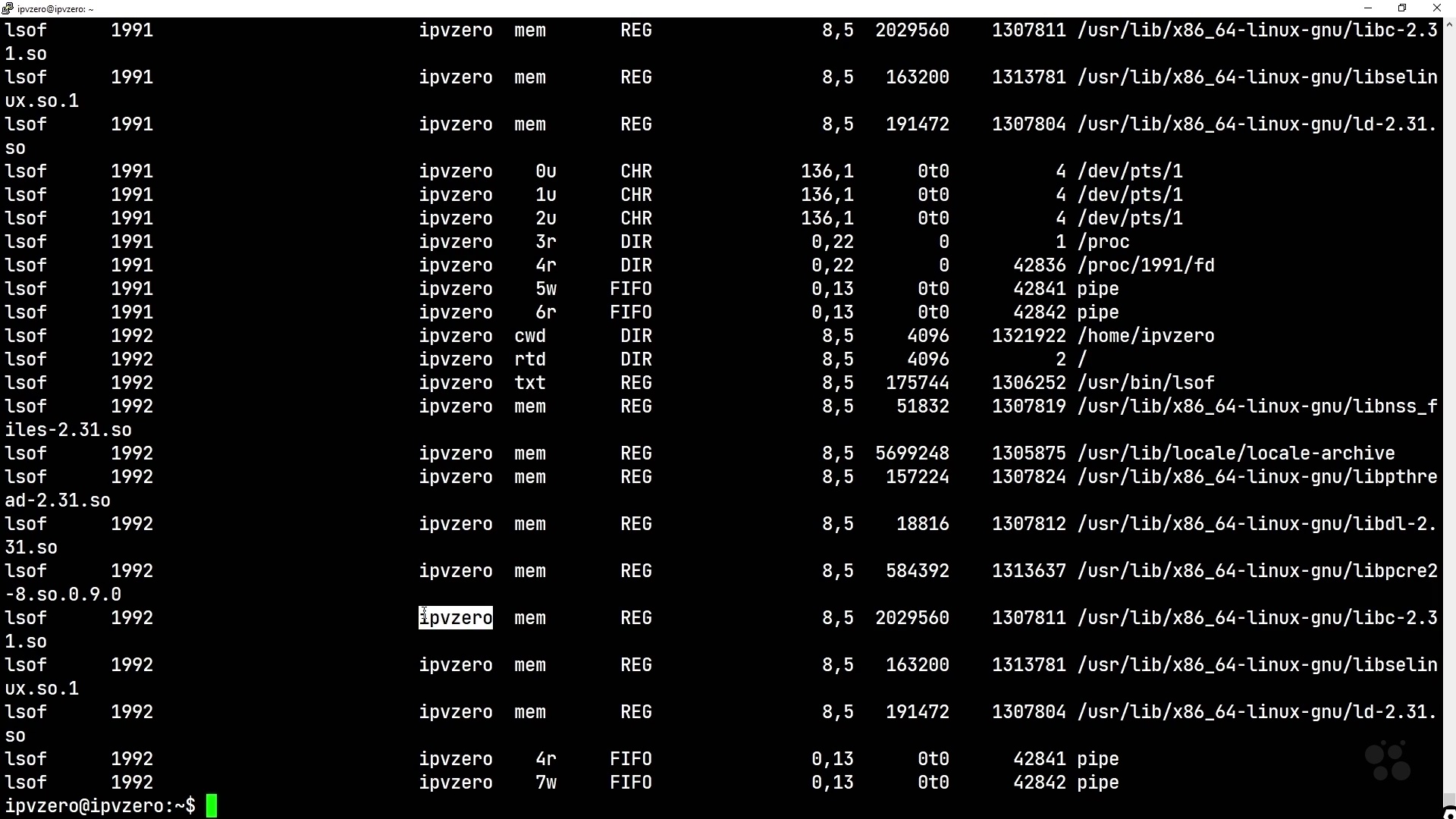در حال حاضر محصولی در سبد خرید شما وجود ندارد.

This intermediate Linux Foundation LPIC-2 training prepares systems administrators to take the 201-450 and 202-450 exams, which are the two exams required to earn the LPIC-2 certification.
The Linux Professional Institute (LPI) only offers a handful of certifications, but the certs they do offer are thought of as the gold standard for Linux knowledge and skill. The core of LPI's certs is their Linux professional certification program. That program goes from LPIC-1 to LPIC-3. LPIC-1 covers the command line and basic maintenance tasks; LPIC-3 covers either enterprise security, virtualization or advanced network management.
در این روش نیاز به افزودن محصول به سبد خرید و تکمیل اطلاعات نیست و شما پس از وارد کردن ایمیل خود و طی کردن مراحل پرداخت لینک های دریافت محصولات را در ایمیل خود دریافت خواهید کرد.


Cisco CCNP Automating and Programming Cisco Service Provider Solutions (300-535 SPAUTO) Online Training

Red Hat Certified Engineer (RHCE) Online Training

کار با توابع در زبان Python

نحوه تغییر مجوزهای فایل در لینوکس

Red Hat Certified System Administrator (RHCSA) Exam EX200 Online Training

Python and Ansible Automation for Juniper Networks Online Training

اتوماسیون پیشرفته شبکه با سیسکو و پایتون

نحوه اجرای دستورات مربوط به فایل ها در لینوکس

نحوه ایجاد و نصب یک سیستم فایل لینوکس

LPIC-2 Online Training
✨ تا ۷۰% تخفیف با شارژ کیف پول 🎁
مشاهده پلن ها